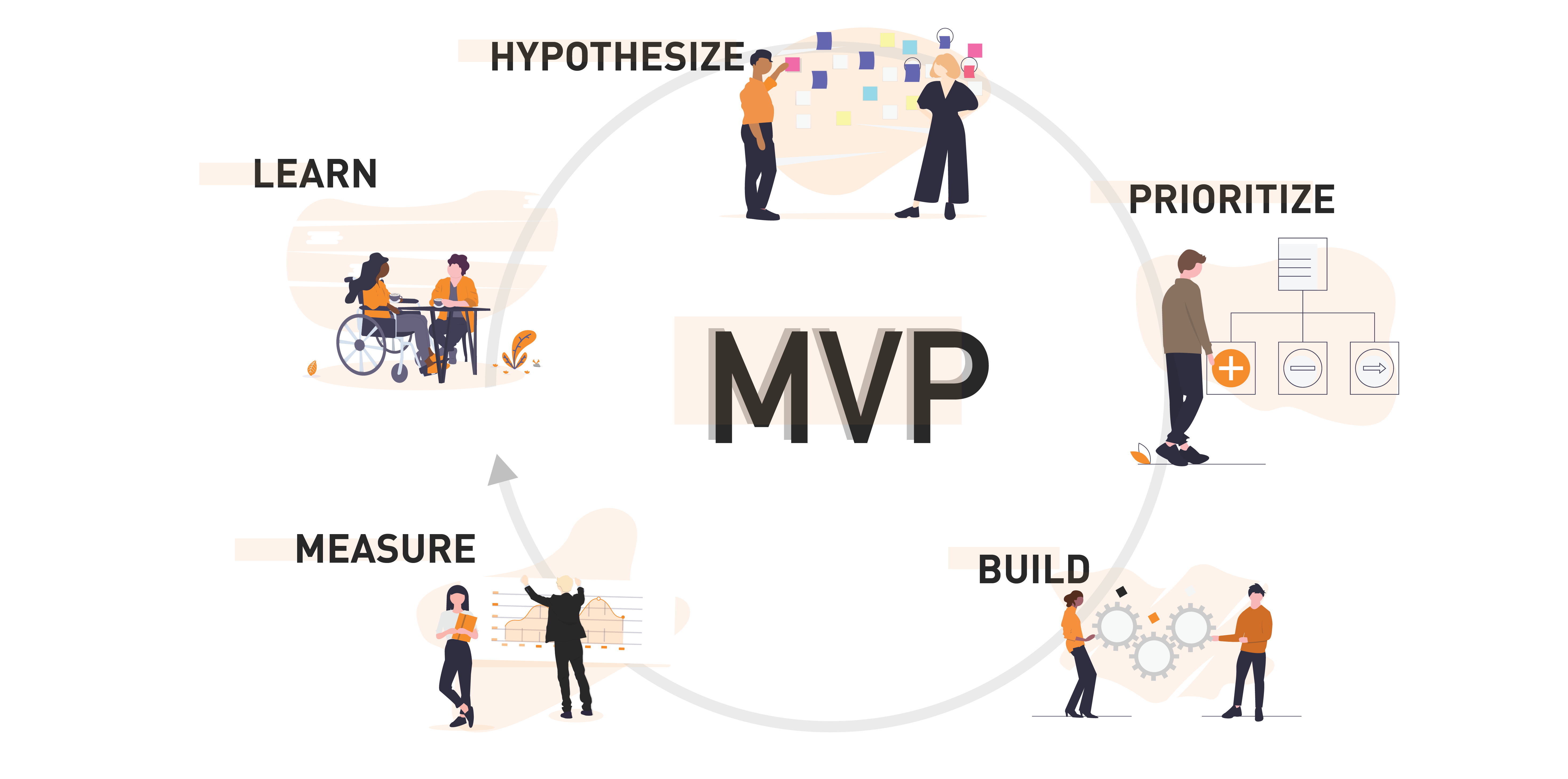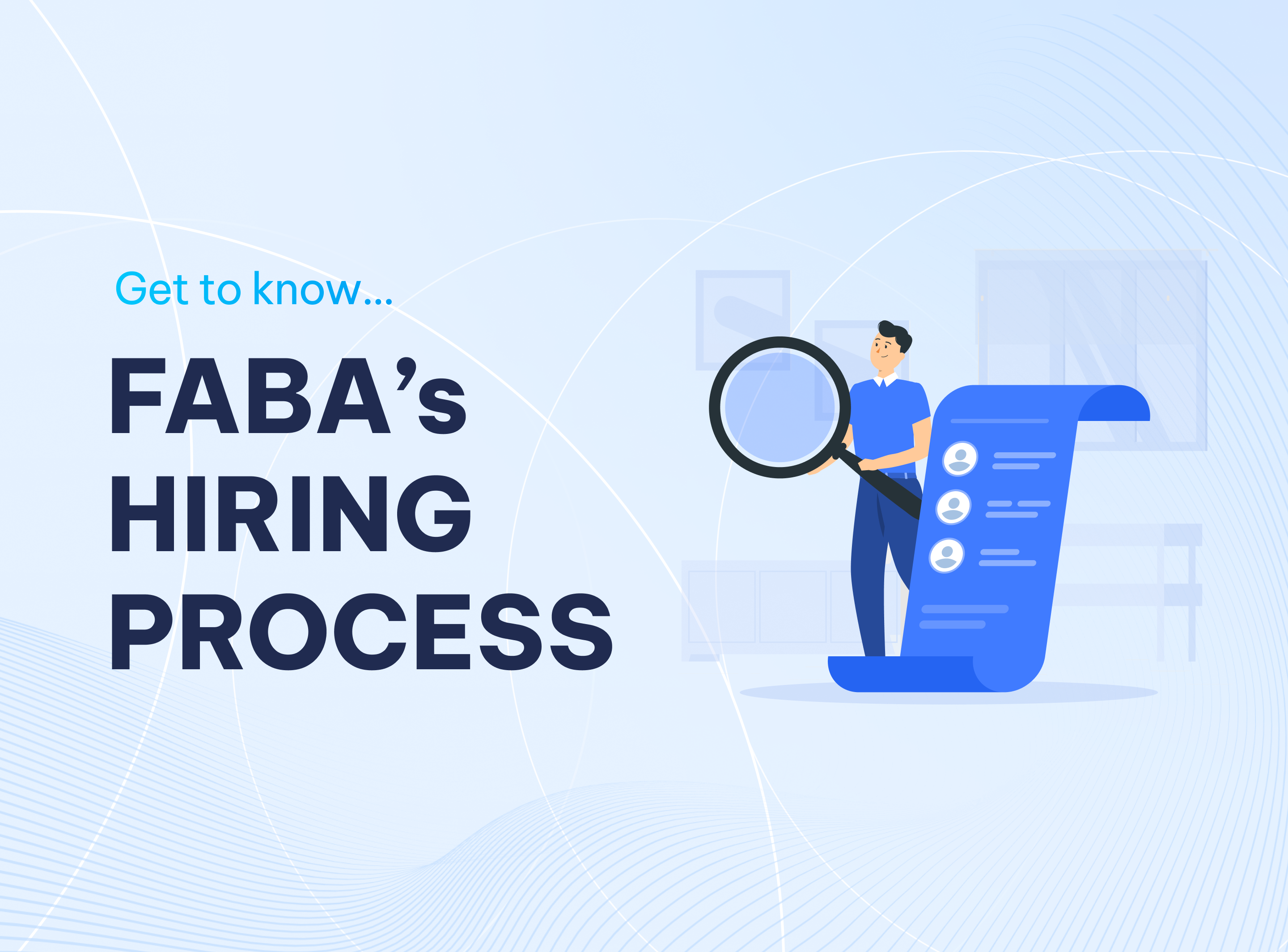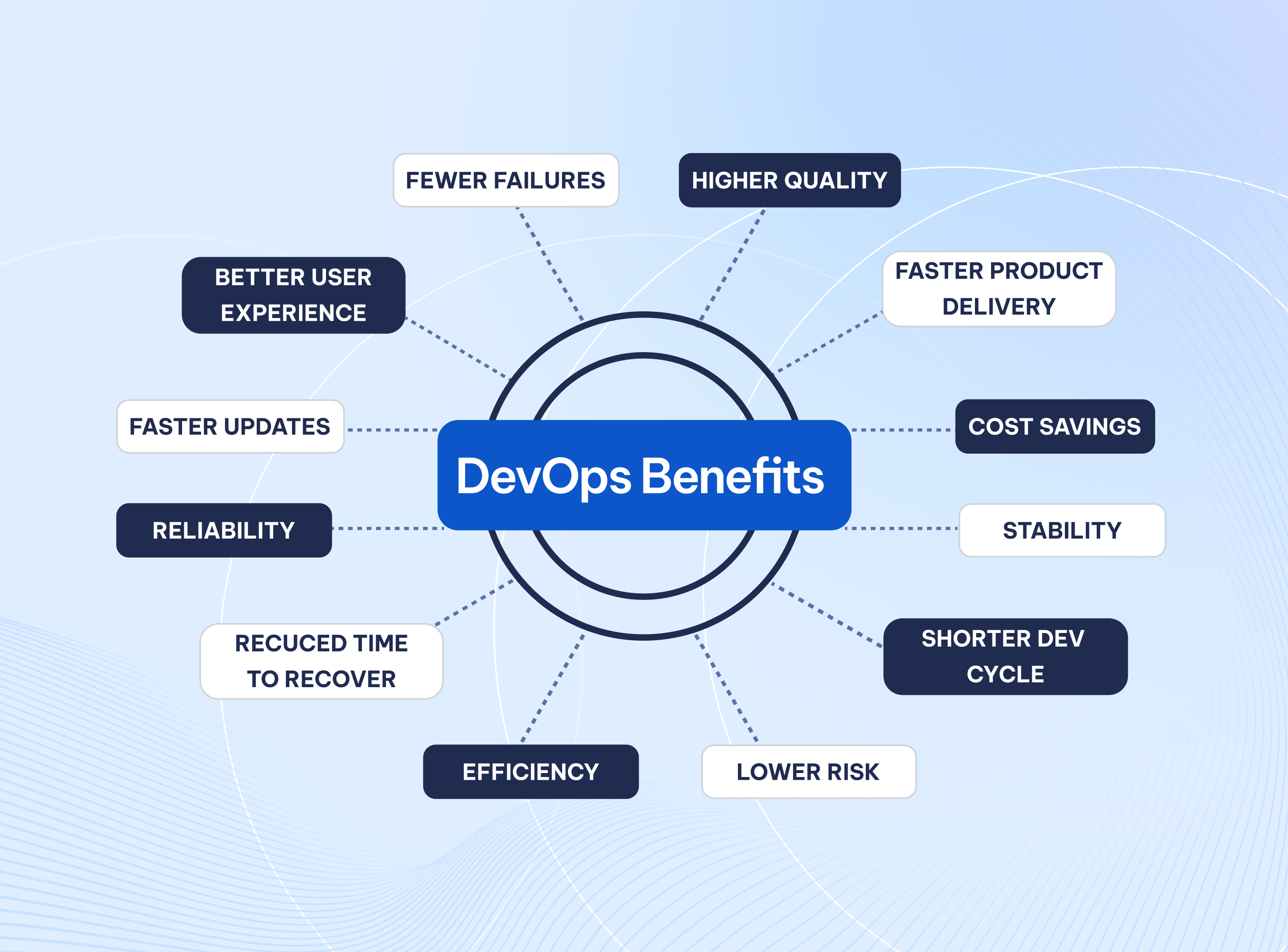How To Build a Minimum Viable Product (MVP)
Published on Dec 28, 2023
Introduction
In the dynamic landscape of entrepreneurship, Minimum Viable Product (MVP) has emerged as a strategic, low-risk approach to developing and launching new products or services.
Many successful products have been born from the effective utilization of MVP, such as Dropbox and Figma. If you want to learn more, this essay explores the definition of MVP and the key steps involved in building one.
Definition of MVP

An MVP is a basic version of a product that is considered launchable by its owner, with just enough features to satisfy early adopters and gather feedback for future development.
However, do not be mistaken that an MVP is only a product that meets the bare minimum of quality, rather, it is meant to avoid unnecessary work and focus on what truly matters to the target audience. As such, MVP is also meant to be considerate and empathetic to its user design, with its conception relying a lot on data from market research and analysis.
An example of a truly effective MVP is none other than DropBox, whose founder first materialized the product in the form of a simple demo video, its popularity helped the company confirm that the customers wanted its product to be released.
The purpose of an MVP
By focusing on essential features, an MVP allows developers and businesses to test the viability of their concept in the real world without too much investment, allowing businesses to make a more informed decision once they have data from their released MVP.
Moreover, MVP also provides the following benefits:
- Accelerate time-to-market: Building a basic version of the product allows for a quicker time-to-market, and can be a crucial factor when you are trying to outpace your competitors.
- Save cost by avoiding over-engineering: Focusing only on the bare essential features drastically reduces development cost, which is an important part of a product’s early life cycle
- Build user engagement: An early base of users who interact with your products can provide valuable feedback and can be leveraged for future growth and marketing efforts through potential investors.
- Create a foundation for scaling: A successful MVP is a great starting point for developers to introduce more features and improvements.
How to build MVP
1. Do market research

Gathering information is essential in ensuring that your first MVP is hitting the right target, look and analyze user needs and pain points so you can adjust your MVP features.
During the market research phase, it is important to decide how your users can benefit from your products, and how to introduce your product's values to the customers.
A way to do effective market research is to conduct user journey mapping and see what kind of touchpoints and problems your customers will encounter before using your products.
2. Identify core features
Now that you have your much-needed data, think about what value you want to give to your users, your business goals, and how can you achieve that through the MVP’s core feature. This is the step where you can imagine the shape of your MVP.
One of the ways to achieve this is to define your value proposition — a short description of unique benefits that your product will offer to the users, and why users would choose your products over your competitors.
3. Design and develop

Once all information is gathered and goals are set, it is time to design and develop, start with creating wireframes or mockups to visualize the product's user interface and experience. After that, start your MVP development with agile methodologies for flexibility and continuous improvement.
4. Constant testing and feedback
Now that your MVP is done and functional, it is time to test it with a group of users. Data from testing will help you assess the product’s usability, effectiveness, and overall user satisfaction.
Through Agile methodologies, each feedback loop will help your team identify potential improvements and refinement.
Closing
These are the steps needed to create an effective MVP and something that businesses should learn to adapt so they can keep up in today’s rapidly evolving business landscape.
Not only seen as an effective tool that can hasten a product’s time-to-market, MVP helps entrepreneurs navigate the complexities of product development and increase the likelihood of creating a successful and sustainable product.
If you have an idea in mind, let FABA Technology materialize your MVP into reality, reach out to us for a consultation and see how your projects can benefit from offshore software development here.











